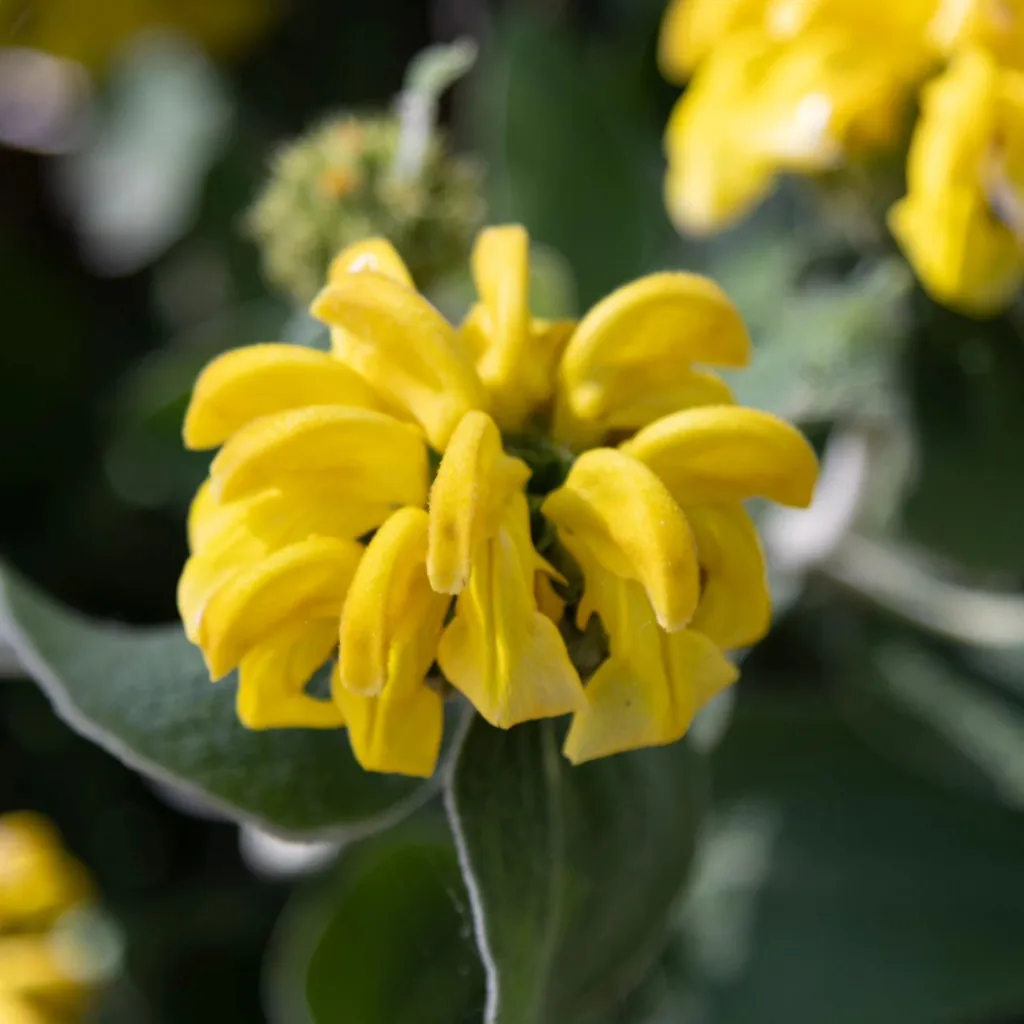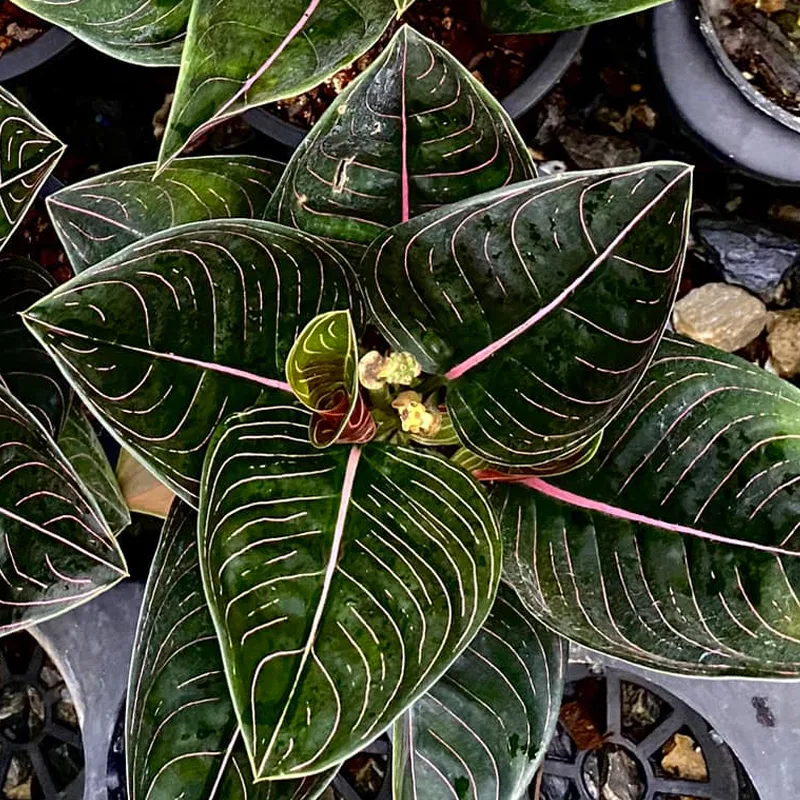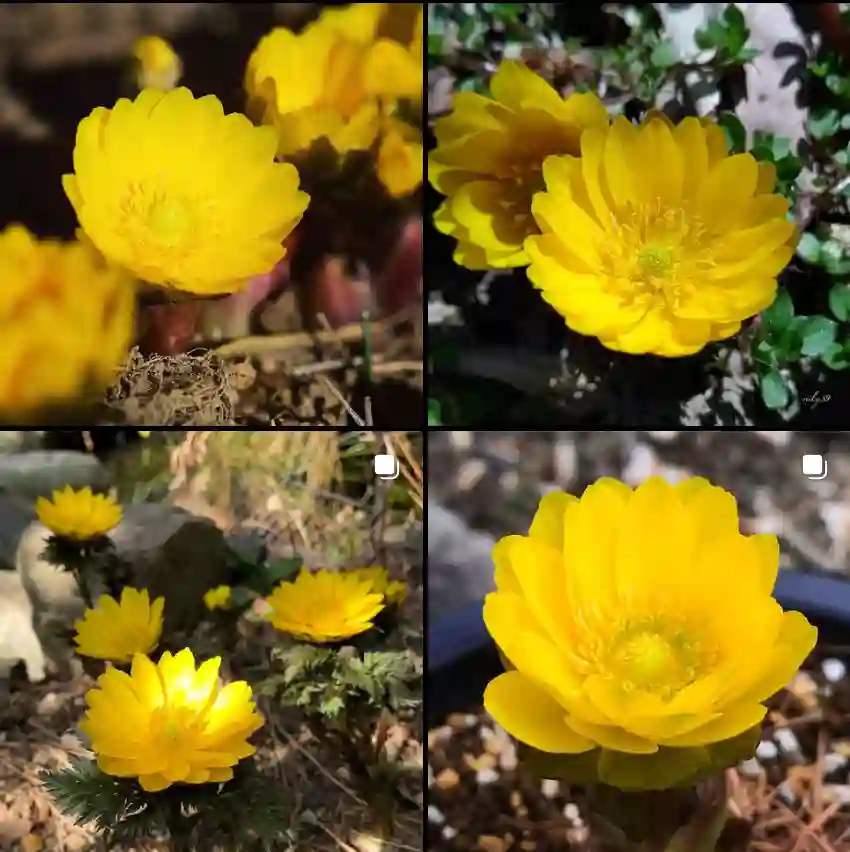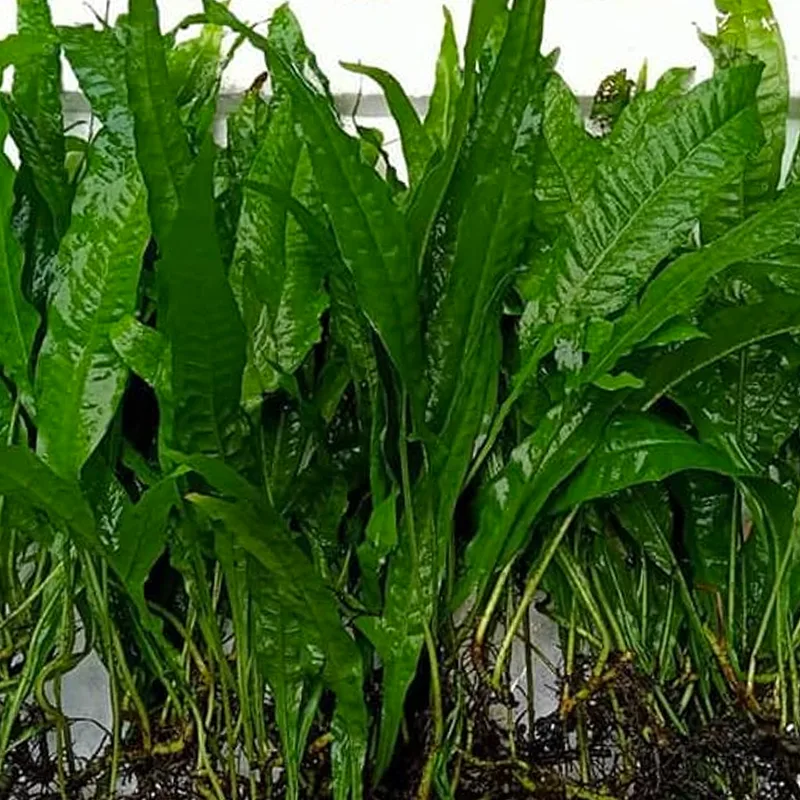Exploring the Guamatelaceae Family: A Closer Look at Guamatela
As a plant enthusiast, I’m always excited to delve into unique plant families. One such family that has piqued my interest is the Guamatelaceae family, primarily represented by the genus Guamatela. This family is relatively obscure, but it holds a distinct charm and ecological significance. In this article, I’ll share my insights and experiences with Guamatela, exploring its characteristics, habitat, and importance.
Understanding the Guamatelaceae Family
The Guamatelaceae family is a small family of flowering plants. It comprises only one genus, Guamatela, which contains several species. What sets this family apart is its relatively limited distribution and unique morphological traits. The name “Guamatela” is derived from its native roots, reflecting the plant’s connection to specific regions in tropical forests.
The Unique Features of Guamatela
One of the standout features of Guamatela is its striking foliage. The leaves tend to be broad and leathery, exhibiting a rich green color that adds a lush feel to any landscape. Additionally, the flowers of Guamatela are often inconspicuous, blending into the foliage rather than standing out. This subtle beauty is something I find fascinating about this genus. It reflects a certain elegance that can easily be overlooked by casual observers.
Habitat and Distribution
Guamatela species thrive primarily in tropical rainforests, particularly in regions with high humidity and consistent rainfall. I’ve had the opportunity to explore some of these habitats, and it’s astounding how these plants adapt to their environment. They often grow in the understory, where they receive dappled sunlight filtering through the canopy above. This adaptation allows them to survive in conditions that might be too harsh for other species.
The distribution of Guamatela is quite localized. It’s predominantly found in Central and South America, which makes it a relatively rare sight outside these regions. I remember the first time I encountered Guamatela while trekking through a tropical rainforest. The dense foliage provided a sense of mystery, and discovering this hidden gem felt like uncovering a secret of nature.
Ecological Importance of Guamatela
Guamatela plays a vital role in its ecosystem. As a part of the understory, it contributes to the overall biodiversity of the forest. The presence of such species helps support various wildlife, including insects and birds, which rely on these plants for food and shelter. Observing the interactions between Guamatela and its surroundings has deepened my appreciation for the intricate web of life within the rainforest.
In my explorations, I’ve seen how Guamatela can influence soil quality. Its root system helps to stabilize the soil, preventing erosion in areas prone to heavy rains. Additionally, the organic matter from its fallen leaves enriches the soil, promoting a healthy environment for other plants to thrive. This symbiotic relationship is a beautiful reminder of nature’s interconnectedness.
Cultural Significance
In some indigenous cultures, Guamatela holds cultural importance. Traditional practices may involve using parts of the plant for medicinal purposes or in rituals. Learning about these cultural connections adds another layer of depth to my understanding of this plant family. It reminds me that plants like Guamatela are not just biological entities but also integral to the heritage of the people who live alongside them.
Cultivation and Conservation
Although Guamatela is not commonly cultivated, it can be grown in gardens that mimic its natural habitat. I’ve often thought about introducing Guamatela to my garden, but I know it requires specific conditions. It thrives in humid environments and prefers well-drained soil rich in organic matter. For those interested in cultivating Guamatela, it’s essential to recreate these conditions as closely as possible.
Conservation of Guamatela and its habitat is crucial. With the increasing threat of deforestation and habitat loss, species like Guamatela are at risk. Awareness and education about the importance of preserving these unique plants can foster a sense of responsibility in protecting them. I believe that every small effort counts, whether it’s supporting conservation projects or simply sharing knowledge about lesser-known species like Guamatela.
Conclusion: The Beauty of Guamatela
Exploring the Guamatelaceae family and its sole genus, Guamatela, has been an enriching experience for me. From its unique features to its ecological importance, this plant family embodies the wonders of nature that often go unnoticed. Each encounter with Guamatela reminds me of the importance of biodiversity and the need to protect our natural world. Whether you’re a seasoned botanist or a casual plant lover, I encourage you to seek out these hidden treasures and appreciate their role in our ecosystems.
If i die, water my plants!



